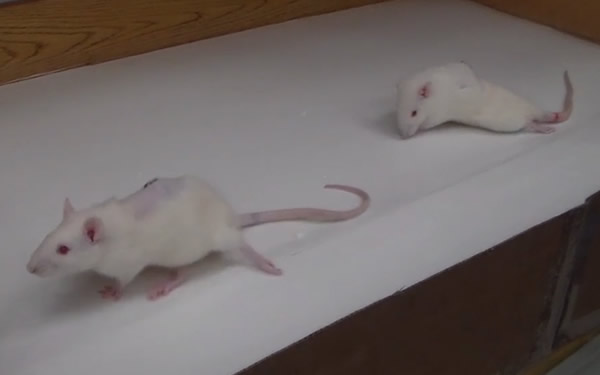Spinal Cord Regeneration
In addition to regenerating damaged peripheral nerves, MicroCures is pursuing MCR-033 as a potential therapeutic option for spinal cord regeneration following injury.
Spinal cord injury research has shown that several inhibitory activities prevent healing and regeneration once the nerve has been damaged. These include the formation of a glial scar at the site of injury, which inhibits axon regeneration. Additionally, FL2 and Rho-associated kinase (ROCK), both natural inhibitors of axon regeneration, are aberrantly overexpressed following injury due to the mistaken belief that axons are diseased.
Preclinical research suggests that MCR-033 helps overcomes these natural inhibitors, triggering successful axon regeneration and functional recovery. In preclinical studies of spinal cord injury in rats, MicroCures has demonstrated that treatment with MCR-033 allowed axon growth to occur through the injury’s inhibitory barriers. Researchers did not witness similar axon growth among control animals.
Functional Improvement in Rats
MicroCures has also demonstrated functional improvements in rats with spinal cord injury following treatment with MCR-033. This was evidenced by significantly improved hindlimb locomotor function in MCR-033-treated animals as compared to control subjects at Day 5 (p < 0.05) and Day 7 (p < 0.01).
This video shows the progression of functional improvement for MCR-033-treated animals as compared to control animals over a 15-day period.

In partnership with our collaborators at the Uniformed Services University, we are further developing MCR-033 for the treatment of the injured spinal cord.

